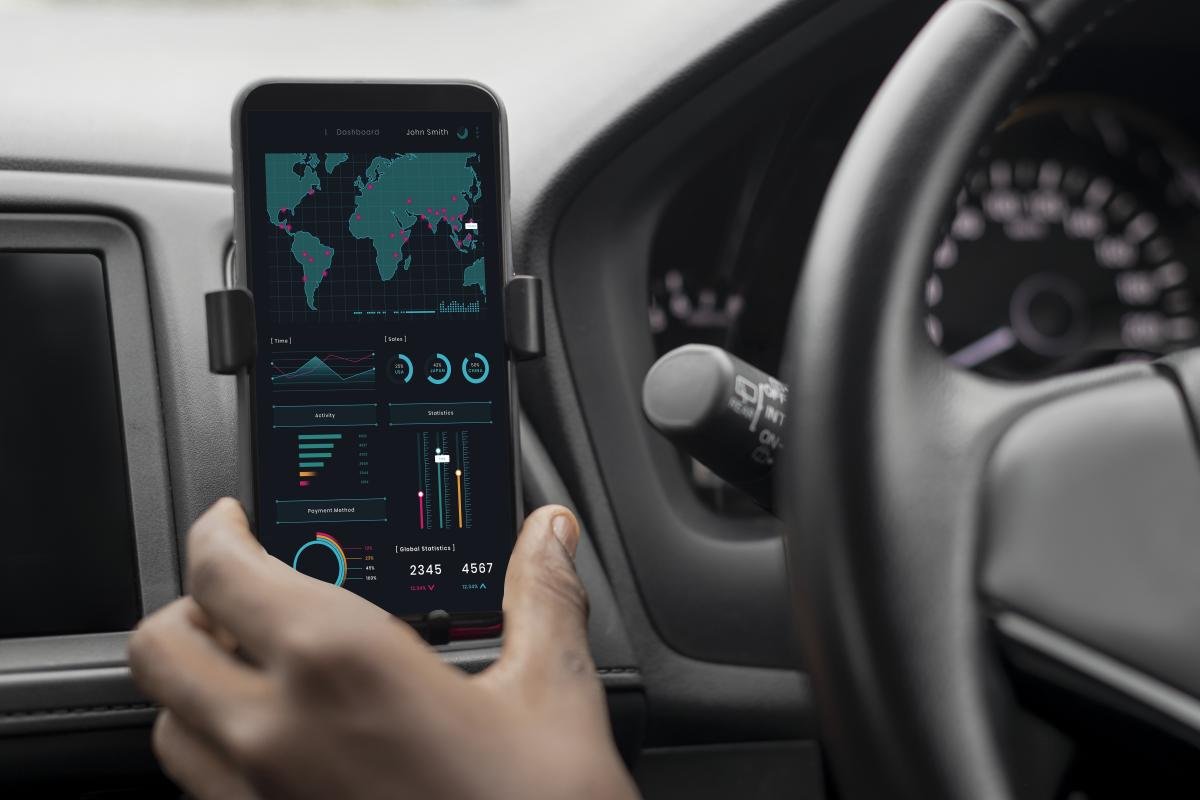
OTP (On-Time Performance): How to Measure On-Time Arrival in Public Transportation
Introduction
In public transportation, punctuality is everything. Passengers rely on buses, trains, and trams to arrive on time, and even small delays can reduce trust and satisfaction. For fleet operators, ensuring on-time service is not only about customer experience but also about regulatory compliance and operational efficiency. This is where On-Time Performance (OTP) becomes one of the most important Key Performance Indicators (KPIs).
What Is On-Time Performance (OTP)?
On-Time Performance (OTP) is a measurement that shows how reliably a public transport service operates according to its published schedule. In simple terms, it measures the percentage of trips that arrive at their stops or final destinations on time.
Public transit agencies, city regulators, and fleet managers often use OTP as a benchmark for evaluating service quality, efficiency, and passenger satisfaction.
Why OTP Matters in Public Transport
-
Passenger Satisfaction – Consistently late arrivals cause frustration and reduce ridership.
-
Operational Efficiency – OTP ensures better use of vehicles, drivers, and infrastructure.
-
Regulatory Compliance – Many government contracts and public tenders require a minimum OTP rate.
-
Cost Reduction – Poor performance leads to fines, increased fuel costs, and wasted resources.
-
Brand Image – Reliable service strengthens trust and encourages more people to use public transportation.
How to Measure OTP in Public Transportation
1. Define “On-Time”
Typically, a vehicle is considered on time if it arrives within a set window — for example, no more than 5 minutes late and not more than 1 minute early. Each city or agency may define this window differently.
2. Use GPS and Telematics Data
Modern vehicle tracking systems provide real-time location data. By comparing GPS timestamps with scheduled stop times, fleet managers can accurately measure punctuality.
3. Monitor Key Route Points
Instead of only tracking the final destination, OTP should be measured at major stops or checkpoints along the route. This gives a clearer picture of service reliability.
4. Collect and Analyze Data Automatically
Advanced fleet management software can automatically calculate OTP percentages, highlight problem routes, and generate reports for performance reviews.
5. Track Trends Over Time
Daily data is useful, but long-term trends help managers see whether OTP is improving, declining, or remaining consistent.
Strategies to Improve On-Time Performance
-
Real-Time Monitoring: Use dashboards to track buses and trains live.
-
Dynamic Scheduling: Adjust timetables based on traffic conditions and historical data.
-
Driver Coaching: Train drivers on time management and efficient route driving.
-
Priority Lanes: Implement bus-only lanes to reduce delays in heavy traffic.
-
Passenger Communication: Use mobile apps and digital displays to update riders about expected arrival times.
Conclusion
Measuring and improving On-Time Performance (OTP) is critical for any public transportation system. With modern GPS tracking, telematics, and smart data analytics, operators can ensure vehicles arrive on time, passengers stay satisfied, and regulatory standards are met.
By making OTP a priority, fleet managers not only boost efficiency but also create a more reliable and attractive public transport network.




